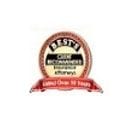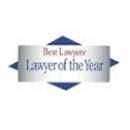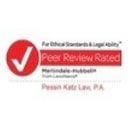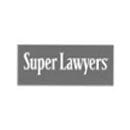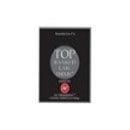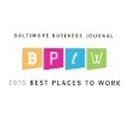
Maryland is no stranger to being a legal outlier. After all, Maryland is one of five states that hold contributory negligence as an absolute bar to recovery in negligence actions, and one of seven which apply joint and several liability.
However, not to be underestimated, on August 28, 2020 the Maryland Court of Appeals took a long-awaited step into the majority in adopting the Daubert Standard for expert testimony. While the Daubert standard was first established in 1993 in Daubert v. Merrell Dow Pharmaceuticals, Inc., 509 U.S. 579 (1993), Maryland had continued to apply the longstanding Frye-Reed standard with a minority of states (which apply Frye or their jurisdictional equivalent), until just a few weeks ago. Although, at first blush, these standards appear to have marginal differences, the change will actually impact the scope of admissible expert testimony in Maryland in a very real way.
Frye-Reed vs. Daubert
Under Maryland’s traditional application of the Frye-Reed standard for expert testimony, an expert’s opinion must be “generally accepted as reliable within the expert’s relevant scientific community.” This test was derived from the test set forth in Frye v. United States, 293 F. 1013 (D.C. Cir. 1923) and its Maryland counterpart, Reed v. State, 283 Md. 374, 382 (1978).
Seventy years later, the Supreme Court of the United States decided Daubert v. Merrell Dow Pharmaceuticals, Inc., 509 U.S. 579 (1993), in which the court held that Federal Rule of Evidence 702 superseded Frye. The Court’s reading of FRE 702 mandates that an expert’s testimony must be both relevant and reliable in order to be admitted. The Court further set forth a list of factors that are non-exhaustive in determining whether an expert’s opinion is sufficiently reliable, including: (1) whether the theory has been tested; (2) whether it has been subjected to peer-review/ publication; (3) the known or potential rate of error; (4) the existence and maintenance of standards regarding its operation; (5) and, lastly Frye’s “general acceptance,” metric. Thus, with the Supreme Court’s decision in Daubert, Frye became but one factor in a litany of factors that could establish reliability – expanding the admissibility of expert opinion to allow for novel or controversial scientific opinions.
Differences in Admissible Testimony
In Rochkind v. Stevenson, Case No. 24-C-11-008722, 2020 WL 5085877(Aug. 28, 2020), where the Court of Appeals recently adopted the Daubert standard, the Court declined to actually apply the standard, but rather remanded the case to the Circuit Court for Baltimore City for further proceedings. In the underlying case, Stevenson, a lead paint matter, the Plaintiff’s expert, a pediatrician, intended to opine that exposure to lead paint could cause (1) “attention problems,” generally and (2) Attention Deficit Hyperactive Disorder in this Plaintiff, specifically.
The Stevenson case has a long and extensive procedural history on this issue – having withstood four trials and now four appellate proceedings. In the forthcoming Baltimore City Circuit Court proceeding on the matter – its fifth “bite at the apple,” the Plaintiff now need not establish that her expert’s opinions are generally accepted in the scientific community but rather that a balance of the five Daubert factors weigh in favor of admissibility.
As you can see, this holding has very real implications in the evidentiary standard for experts – testimony that, at one point, may have been highly controversial and “on the brink” of admissibility now has expanded avenues for admission as evidence. Even so, this change will have a more widespread immediate effect than many would expect—while of course it will apply at evidentiary hearings and trials at the Circuit Court level, the Court of Appeals also distinctly noted, in its opinion in Stevenson, that it will also apply to any appeals currently pending “on direct appeal when this opinion is filed, where the relevant question has been preserved for appellate review.” See Stevenson, supra at *18. While this may be a necessary step to keep up with the rapidly-changing scientific climate, it will certainly present challenges in disputing the credibility of novel expert opinions at trial.
Kathryn Jackson is an Associate in PK Law’s General Litigation Group where she focuses her practice on insurance defense. Prior to joining the firm as an associate, she served as a summer associate and law clerk in the firm’s General Litigation Group. She can be reached at 443-275-0640 and kjackson@pklaw.com.

